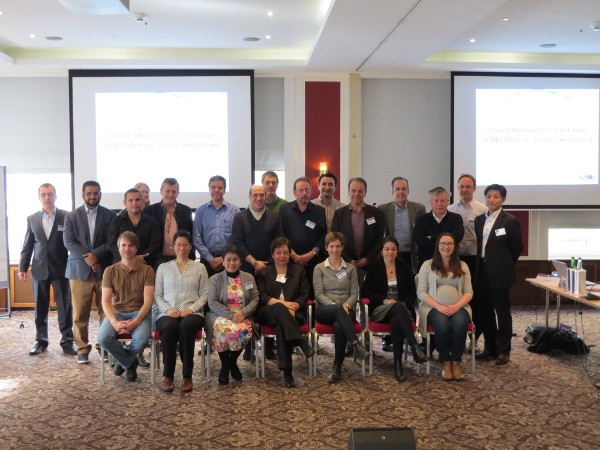Meningococcal bacteria are the leading cause of life-threatening meningitis in the UK. For decades meningococcal B (MenB) has been the main type, and meningococcal C (MenC) was also common until the MenC vaccine was introduced, reducing cases to a handful each year. A decade ago, however, Public Health England (PHE) noticed there were increasing cases of MenW. In 2008 incidence of MenW was small, but by 2014/15 MenW was causing nearly a quarter of cases.
What was particularly worrying about MenW?
Cases jumped dramatically, from 9 in January 2013, to 34 in the same month in 2015. This MenW rise was particularly alarming because it was striking healthy people across all age groups, with teenagers particularly at risk. This kind of MenW was causing severe disease, often requiring intensive care and the symptoms were harder to recognise than other types. It was found this type of MenW killed more people; it had a death rate of 13% compared than 5-10% of other strains of meningococcal disease.
How was this MenW strain identified?
Meningitis Research Foundation (MRF) played a vital part in helping PHE to stay a step ahead of the game in the fight against MenW. Analysis in MRF’s genome library (MRF-MGL) revealed that almost all of the increase in MenW disease was attributable to a hypervirulent type of meningococcal bacteria called ST-11.
The MRF-MGL was set up under the leadership of Prof Chris Tang at the University of Oxford as a collaboration between the Maiden laboratory at the University of Oxford, the Wellcome Sanger Institute, and Public Health England Meningococcal Reference Unit, to create a long-lasting tool that would continue to be useful to the scientific community in the future.

A meeting of the Global Meningococcal Initiative in Zurich, April 2018.
MRF’s genome library found that it was the same strain that had caused epidemics in Argentina, Brazil and in Chile. As a direct result of this information, an emergency vaccine was introduced for teenagers, and the MenACWY vaccine was introduced into the vaccine schedule for secondary school age children to prevent further deaths.
Why was vaccine uptake low at first?
The MenACWY vaccine was introduced in 2015, providing direct protection to teenagers. Immunising teenagers also helped to protect everyone else, because the vaccine stopped them from carrying the bacteria in the back of the nose and throat and passing it on. The emergency vaccine was immediately effective, and one year after vaccine introduction there were 69% fewer MenW cases than predicted.
However, only just over a third of school leavers took up the offer of the vaccine in this first year. MRF led an awareness campaign in 2017 targeting teenagers, but after leaving school this age group are notoriously hard to target and coverage for the emergency catch-up programme remained stubbornly low.
In 2019 it was discovered that an automatic alert, which should have told GPs to offer the vaccine to teenagers opportunistically if they came in to the surgery had not been switched on.Tragically it took the death of a young man to bring this to light. At this stage over a million eligible young people remained unvaccinated and potentially unaware that they were eligible for a life-saving vaccine.
What increased vaccine uptake?
MRF played a key role in raising awareness that the GP alert should be issued to GPs switched on, as well as implementing the award winning ‘One Life. One Shot’ campaign aimed at parents.
 The 'One Life One Shot' poster from our award winning campaign.
The 'One Life One Shot' poster from our award winning campaign.
Coverage of MenACWY administered through schools has been increasing. Average vaccine coverage for the local authorities that delivered the MenACWY vaccine to Year 9 students was 84.1% in 2015/16 compared to 88.0% in 2018/19.
Cases have continued to drop following the introduction of the MenACWY vaccination, awareness campaigns, and with GPs being prompted to vaccinate eligible teenagers. In 2016/2017 there were 225 cases of MenW, and in 2018/19, the last year on record there were 113.
MRF is pleased that so far, cases of MenW have halved and a potentially deadly outbreak has been averted. Thanks to a concerted effort from PHE, local authorities, GPs, parents, schools and health professionals among others, we are one step closer to defeating this deadly disease.
Thanks to you we've been able to save hundreds of lives. With your continued support, we can save thousands and, together, we will defeat meningitis for good.